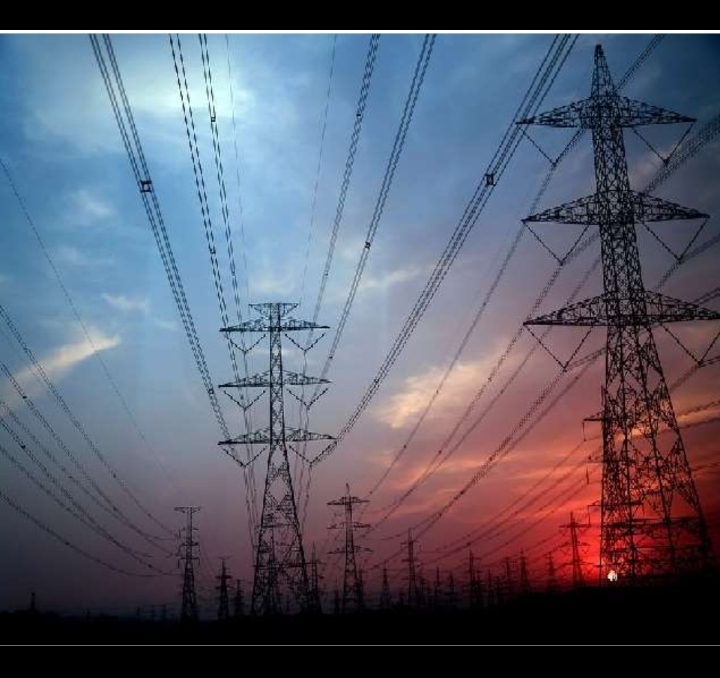electricity;
India’s power needs are expected to increase by more than 70 percent in the next decade, according to a report released by BMI, a division of rating agency Fitch. The report said the country will continue to focus on non-hydropower renewable sources.
New Delhi: India’s power demand is expected to grow by more than 70 per cent over the next decade, according to a report released by BMI, a division of rating agency Fitch.
According to the report, the country will keep a strong focus on non-hydropower renewable sources.
Even by 2032, most of the electricity will be generated from coal.
BMI, in its report, said coal-powered generation will still account for the majority of output by 2032, reflecting the country’s heavy dependence on the coal sector.
The report said that:
We estimate that India’s power production will increase by more than 70 percent over the next decade, the largest increase among the world’s largest electricity producers. There will be a strong focus on non-hydropower renewable forms of electricity generation in India, which we expect will account for 16.9 percent of total generation by 2032.
Production will increase due to strong demand
According to the report, a strong long-term expansion in electricity demand will support electricity generation growth, thereby ensuring that power consumption demand is met.
BMI said electricity consumption is likely to grow at an average annual rate of 4.9 percent through 2032 due to population growth, increasing urbanization as well as increasing demand from the construction, manufacturing and service sectors. According to official data, India’s energy requirement during April-March FY23 stood at 15,11,847 million units.
What is a renewable source?
A renewable energy source means energy that is sustainable – something that cannot run out, such as solar energy. Renewable sources mean sources of energy that are alternatives to the most commonly used non-sustainable sources such as coal. This includes solar energy, wind energy etc.



